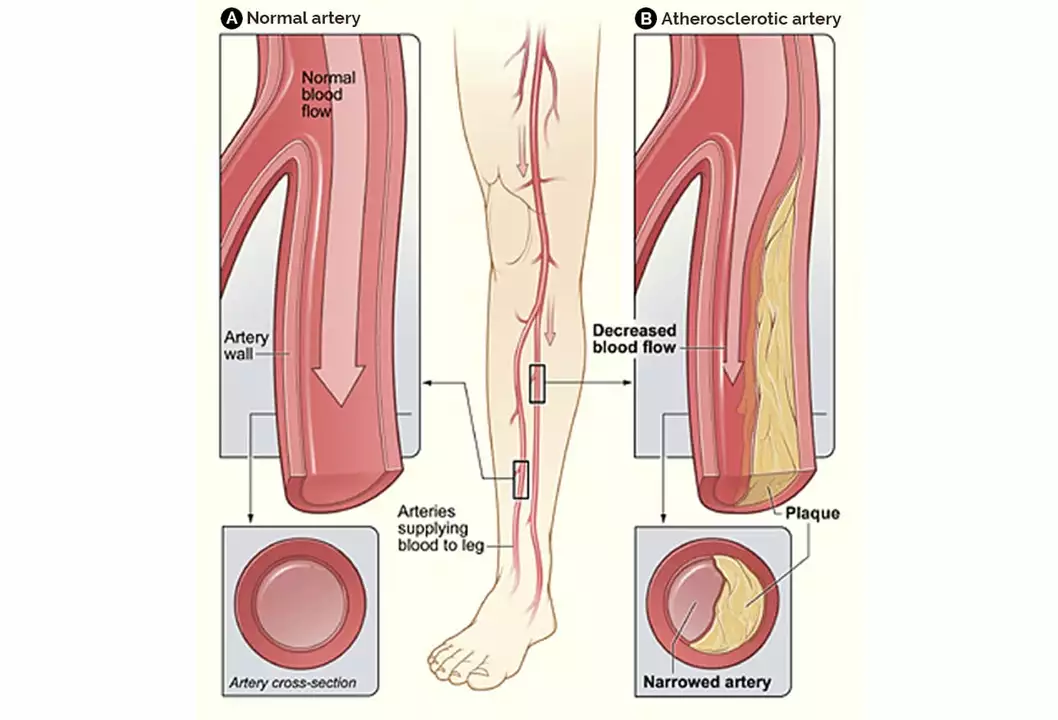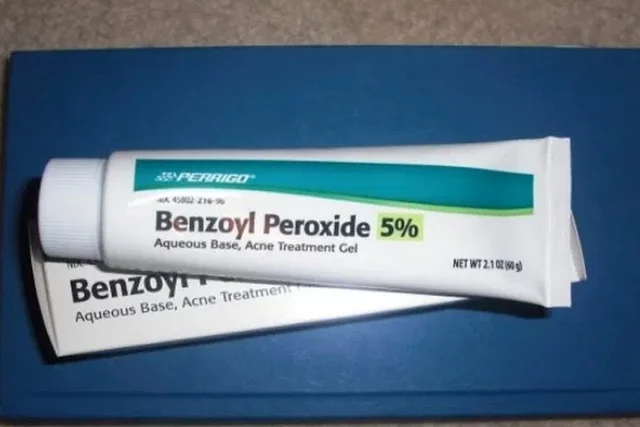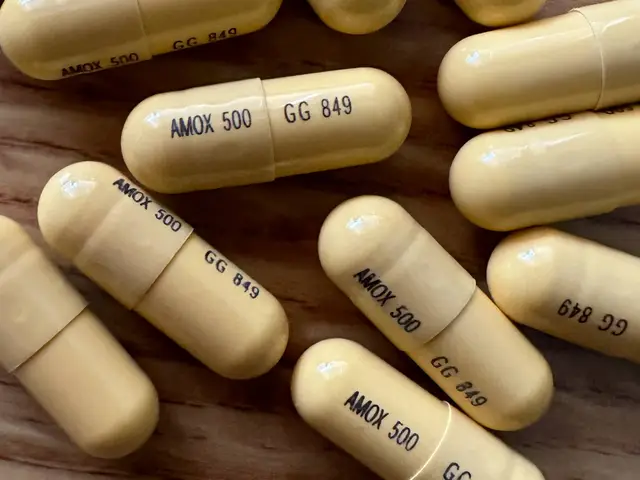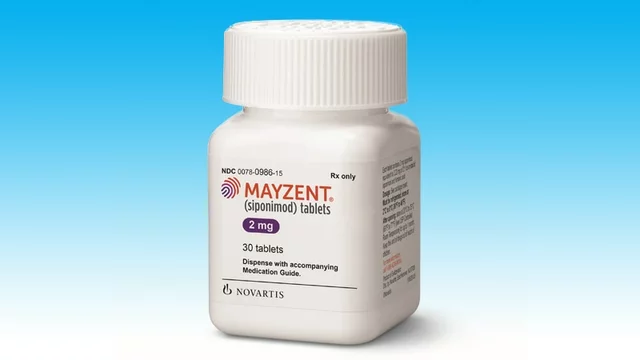
The Impact of Cilostazol on Quality of Life for Peripheral Artery Disease Patients
Introduction to Peripheral Artery Disease and Cilostazol
Peripheral Artery Disease (PAD) is a common circulatory problem that affects millions of people worldwide. It occurs when the blood vessels that supply the limbs, particularly the legs, become narrowed or blocked by fatty deposits. This can lead to pain, cramping, and a decreased quality of life for those who suffer from it. One medication that has shown promise in improving the lives of PAD patients is Cilostazol. In this article, we'll explore the impact of Cilostazol on the quality of life for Peripheral Artery Disease patients.
Understanding the Symptoms of PAD
Peripheral Artery Disease can cause a range of symptoms, many of which can severely impact a person's quality of life. The most common symptom of PAD is intermittent claudication, which is characterized by pain, cramping, or fatigue in the leg muscles during physical activity. This pain typically subsides with rest. Other symptoms of PAD may include cold or numb feet, slow-healing wounds on the legs, and erectile dysfunction in men. These symptoms can make it difficult for individuals to engage in daily activities, work, and exercise, all of which can lead to a decline in overall quality of life.
How Cilostazol Works to Improve PAD Symptoms
Cilostazol is a medication that belongs to a class of drugs known as phosphodiesterase type 3 (PDE-3) inhibitors. It works by dilating the blood vessels and improving blood flow to the affected areas, which can help alleviate the symptoms of PAD. Cilostazol also has antiplatelet and antithrombotic properties, meaning it can help prevent blood clots from forming in the arteries. These combined effects can lead to improved walking distance, reduced pain, and better overall circulation for PAD patients.
Studies on Cilostazol's Impact on Quality of Life
Several clinical trials have been conducted to evaluate the effectiveness of Cilostazol in improving the quality of life for PAD patients. One such study found that patients treated with Cilostazol experienced significant improvements in walking distance, pain-free walking time, and overall quality of life when compared to patients who received a placebo. Another study reported that Cilostazol significantly reduced the symptoms of intermittent claudication and improved the participants' ability to perform daily activities without pain.
Reducing the Risk of PAD-Related Complications
By improving circulation and reducing the risk of blood clots, Cilostazol can also help decrease the chances of developing more severe PAD-related complications. These complications can include critical limb ischemia, which is a severe blockage in the arteries that can lead to chronic pain, ulcers, and even amputation. By addressing the underlying cause of PAD and alleviating its symptoms, Cilostazol can play an important role in preventing these life-altering complications.
Enhancing Exercise Tolerance for PAD Patients
One of the key factors that can improve the quality of life for PAD patients is the ability to engage in regular physical activity. Exercise is known to improve circulation, increase walking distance, and reduce pain, but many PAD patients struggle with exercise tolerance due to their symptoms. Cilostazol has been shown to enhance exercise tolerance in PAD patients, allowing them to engage in more physical activity and potentially slow the progression of the disease.
The Importance of a Comprehensive Treatment Approach
While Cilostazol can significantly improve the quality of life for PAD patients, it is essential to pair this medication with other treatment strategies for maximum benefit. Other aspects of a comprehensive PAD treatment plan may include lifestyle changes, such as quitting smoking, eating a heart-healthy diet, and engaging in regular exercise. In some cases, additional medications or procedures, such as angioplasty or bypass surgery, may be necessary to treat more severe cases of PAD.
Considering Potential Side Effects of Cilostazol
As with any medication, it is important to consider the potential side effects of Cilostazol before starting treatment. Some common side effects of Cilostazol include headache, diarrhea, dizziness, and palpitations. In rare cases, more serious side effects, such as severe allergic reactions or bleeding, may occur. It is essential to discuss any concerns with your healthcare provider and carefully weigh the potential benefits and risks of Cilostazol treatment for PAD.
Discussing Cilostazol with Your Healthcare Provider
If you or a loved one is living with Peripheral Artery Disease and experiencing a reduced quality of life due to its symptoms, it may be worth discussing the option of Cilostazol treatment with your healthcare provider. They can help determine if you are a suitable candidate for this medication and guide you through the process of starting treatment. Remember, the goal of PAD treatment is not only to alleviate symptoms but also to reduce the risk of complications and improve overall quality of life.
Conclusion: The Impact of Cilostazol on Quality of Life for PAD Patients
In conclusion, Cilostazol has shown significant promise in improving the quality of life for Peripheral Artery Disease patients. By dilating blood vessels, improving circulation, and reducing the risk of blood clots, this medication can help alleviate the painful symptoms of PAD and enhance exercise tolerance. When combined with a comprehensive treatment plan, Cilostazol can help PAD patients regain their mobility, independence, and overall quality of life.





Written by Jakob Fitzroy
My name is Jakob Fitzroy, and I am an expert in pharmaceuticals with a passion for writing. I have dedicated my life to studying medication and understanding how it affects various diseases. My goal is to educate people about the importance of proper drug therapy and prevention methods. I have authored numerous articles, providing valuable insights on medication, its development, and its impact on patients. My driving force is to contribute to the ongoing fight against diseases and improve the overall health and well-being of people around the world.
All posts: Jakob Fitzroy